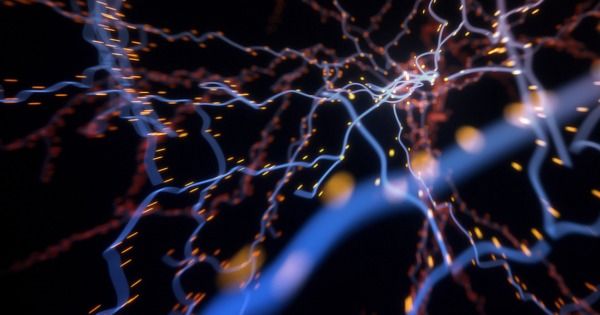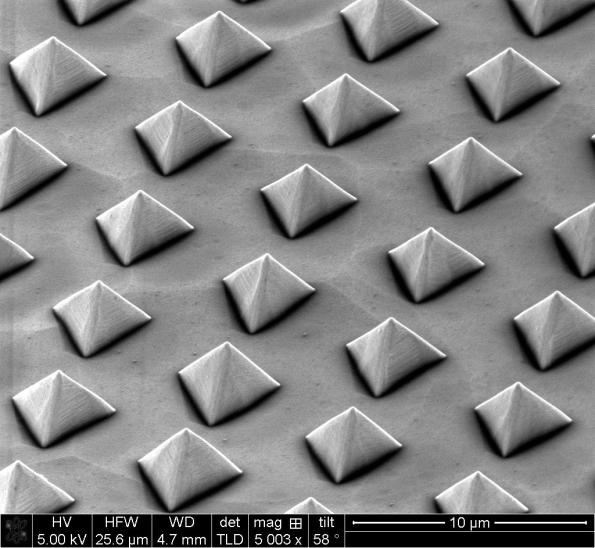Jan 5, 2017
Researchers Build FIRST Reprogrammable Quantum Computer!
Posted by Karen Hurst in categories: computing, information science, particle physics, quantum physics
Nice advancement this week in QC.
Researchers may have finally created the first fully reprogrammable quantum computer in the world. This changes the entire spectrum of the technology, as quantum computers so far could only run one type of equation.
This marks the beginning of reprogrammable quantum computers. Several teams and companies like IBM are still in the race towards quantum computing, which so far can only run one type of equation. This seems ironic as they can theoretically run more operations than there are atoms in the universe. But this stops now.
Continue reading “Researchers Build FIRST Reprogrammable Quantum Computer!” »


















